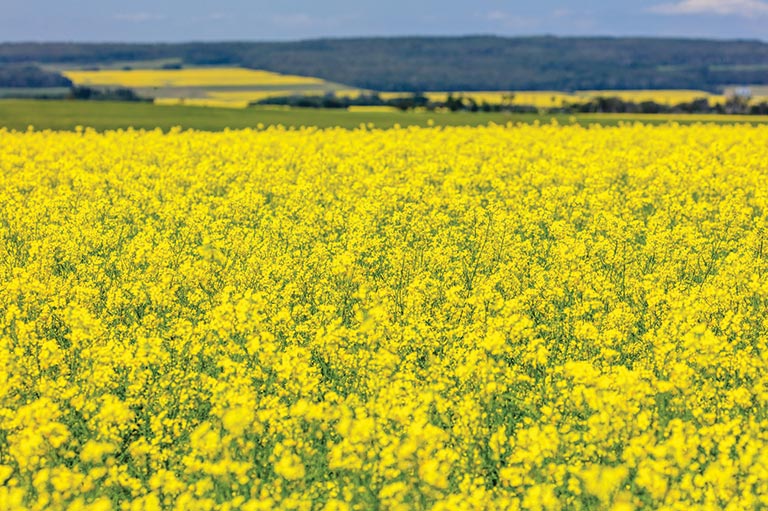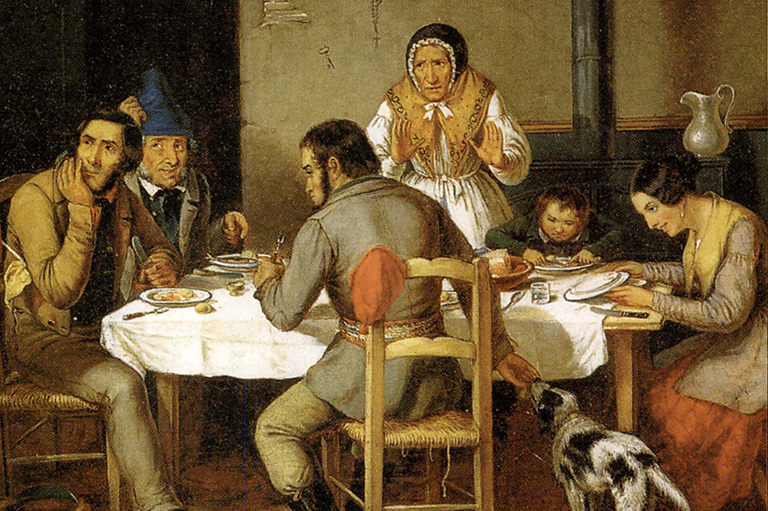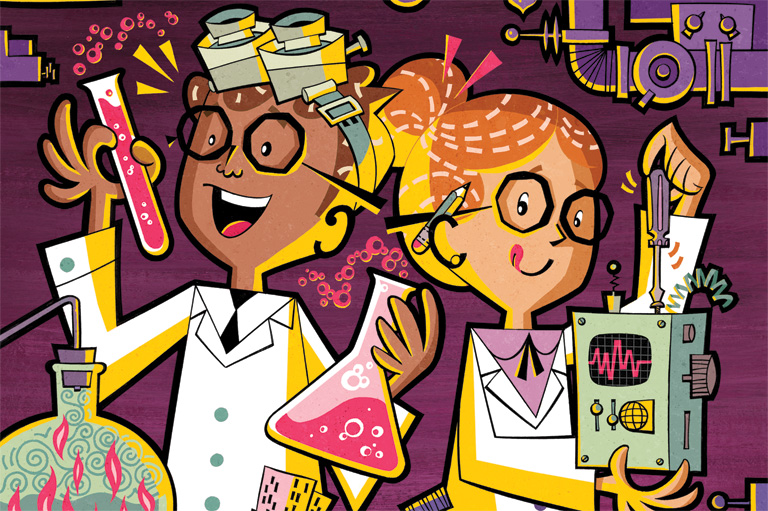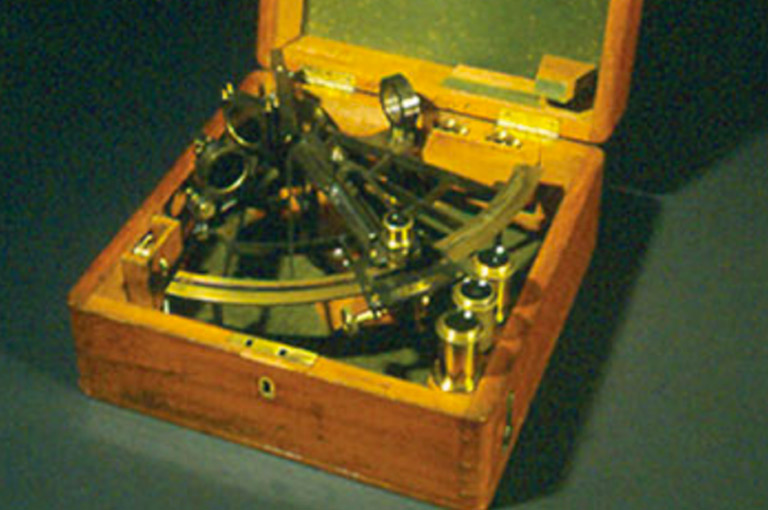Oil Fields

Fields of brilliant-yellow canola flowers are at the heart of a Canadian innovation story. After the Second World War, Canada was looking for new crops and a domestic source of edible seed oils. By the 1960s and ’70s, Canadian plant scientists were working to create a genetic variation of rapeseed, a centuries-old crop that’s closely related to mustard, kale and cabbage. The trouble with rapeseed (besides its problematic name) is that its oil at that time had high levels of a nutritionally undesirable fatty acid called erucic acid. Plus, it was bitter. A cultivar low in both of those traits, dubbed “double low,” was the big goal.
Baldur Stefansson of the University of Manitoba and Keith Downey of Agriculture and Agri-Food Canada in Saskatoon are considered the “Fathers of Canola” — sometimes collaborating, sometimes competing — for their pioneering work in creating the eventual new double-low crop. In 1978, it was officially named canola — a mashup of “Canadian” and “oil.” Today, not only is it our second-biggest crop (after wheat) but we are also the world’s biggest producer of canola. Saskatchewan is by far the largest producer, followed by Alberta and Manitoba, but canola has been grown in every province, so that bright yellow will catch your eye from B.C. to P.E.I.
With 7 uniquely curated newsletters to choose from, we have something for everyone.
We hope you’ll help us continue to share fascinating stories about Canada’s past by making a donation to Canada’s History Society today.
We highlight our nation’s diverse past by telling stories that illuminate the people, places, and events that unite us as Canadians, and by making those stories accessible to everyone through our free online content.
We are a registered charity that depends on contributions from readers like you to share inspiring and informative stories with students and citizens of all ages — award-winning stories written by Canada’s top historians, authors, journalists, and history enthusiasts.
Any amount helps, or better yet, start a monthly donation today. Your support makes all the difference. Thank you!
Themes associated with this article
Advertisement
Save as much as 40% off the cover price! 4 issues per year as low as $29.95. Available in print and digital. Tariff-exempt!









